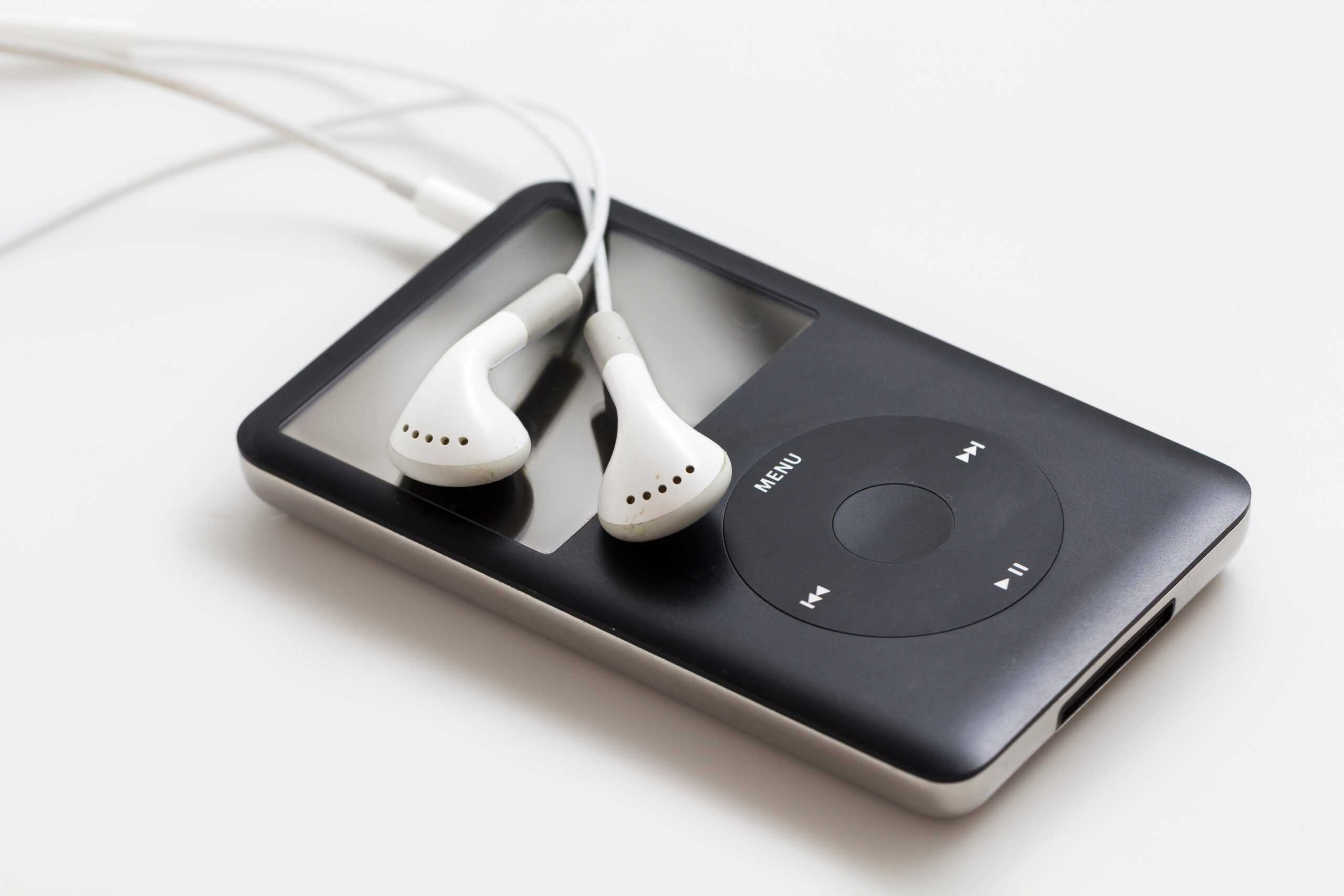On May 10, 2022, Apple officially announced that production of its iconic iPod device had ceased, and that the recent iPod Touch would only be “available while supplies last.” The original iPod was introduced back in October 2001 at a time when music CDs were still quite popular. For many, the device, with its ability to digitally store 1,000 songs, revolutionized the music scene in a way that only Sony’s portable Walkman cassette player did before it.
In the fast-paced world of consumer electronics, two decades is a remarkable period to stay viable. Apple quickly sold through 100 million iPod devices by 2007, and while Apple stopped reporting official sell-through numbers some time ago, estimates place the final tally at more than 400 million iPods sold life-to-date. When Apple introduced the first iPhone in 2007, it seemed like the iPod’s days might be numbered, but many consumers still appreciated the simplicity of having a small MP3 player. That said, by 2011, the iPod was driving less than 2% of Apple’s annual revenue.
The iPod, for Apple, was just the beginning of the company’s now well-established music ecosystem. The introduction of iTunes changed how an entire generation of young music lovers acquired and listened to their favorite songs – and it helped to normalize paying for songs when the music industry was threatened by file-sharing services like Napster. Greg Joswiak, Apple’s senior vice president of Worldwide Marketing, remarked, “Today, the spirit of iPod lives on. We’ve integrated an incredible music experience across all of our products, from the iPhone to the Apple Watch to HomePod mini, and across Mac, iPad, and Apple TV.”
While many consumers still purchase and download digital files for their preferred music, in an always connected world, smartphones (or other smart devices) streaming audio through services like Pandora or Spotify has become the music consumption method of choice for a large number of people. Anecdotally, Interpret knows some consumers who have held onto their iPod or other MP3 player, but they tend to be stored in a basement, closet, or drawer.
Even a few years ago, it had become evident that MP3 player ownership was steadily declining. According to Interpret’s New Media Measure®, from mid-2017 through early 2018, MP3 player ownership in the US fell from over 40% to under 35% in consecutive quarters. It’s likely even lower now but Interpret discontinued tracking MP3 players after 2018. At their high point, Pew Research indicates that MP3 players were owned by close to half the population with about 75% of the 18-29-year-old crowd possessing one. The iPod was undoubtedly responsible for driving such high adoption rates among young consumers.




